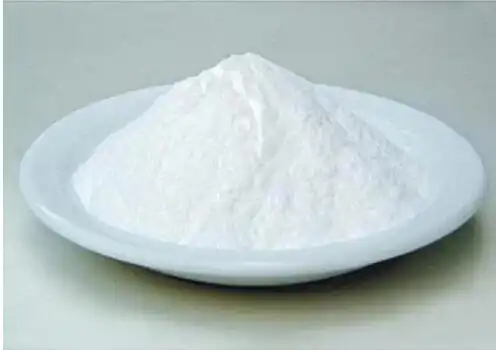Hebei Messi Biology Co., Ltd. stated that magnesium oxide is used to replace ammonia water in ammonium sulfite pulping. When magnesium oxide is used as an alkaline buffer, all indicators of the pulp can reach a level similar to that of the ammonia water method. Using magnesium oxide as a buffer, pulp is easy to bleach, which can promote delignification during the cooking process, reduce pollutant emissions, help protect the environment, and reduce costs.

When bleaching pulp, magnesium oxide can be used. Compared with traditional bleaching processes, magnesium oxide can replace caustic soda. At the same time, magnesium oxide can improve the viscosity of the pulp, maintain the brightness of the pulp, and reduce the COD content and production costs. In the process of hydrogen peroxide bleaching pulp, magnesium oxide can replace caustic soda to reduce the content of iron and manganese ions in the pulp, and can also avoid yellowing due to excessive iron, improving the quality of the pulp. At the same time, magnesium oxide has a buffering effect and is easy to control the pH value. If used in combination with inorganic complexing agents such as phosphates and silicates, the effect will be better.
Magnesium oxide can act as a wetting agent to improve pulp deinking operations. The traditional sulfite pulping process has been improved to a magnesium sulfite pulping process. After the improvement, lower-quality wood can be used as raw material, and the pulp produced can be used to make newsprint paper. The chemicals and waste heat used can be recycled. In this way, many ecological and economic problems in traditional sulfite pulping operations have been solved for paper mills.
